I love the first sentence on All About Birds regarding Roseate Spoonbills: “The flamboyant Roseate Spoonbill looks like it came straight out of a Dr. Seuss book with its bright pink feathers, red eye staring out from a partly bald head, and giant spoon-shaped bill.” How accurate is that?
Not quite as large as a Great Blue Heron, Roseate Spoonbills (Platalea ajaja) measure 28-34” in length and weigh on average between 2.6-4.0 pounds with females being smaller than males. Roseate Spoonbills forage, usually in a group, by walking slowly and sweeping their partially open beaks back and forth through shallow water and mud. They feed on small fish, frogs, crustaceans, and aquatic insects.
Immature Roseate spoonbills are very pale pink and have a completely feathered head for 3 years until they attain adult breeding plumage.
Plume hunting in the eighteenth and nineteenth centuries almost drove Roseate Spoonbills to extinction. However, they are currently considered not threatened.
I remember the first time I saw Roseate Spoonbills. I had been hoping to add them to my life list on a trip to Florida and Merritt Island National Wildlife Refuge did not disappoint! Usually, you’ll know if there’s an interesting bird from the large group of cars and people along the side of the road, but I was the only person at that location. I was so excited I was vibrating, and my entire first series of photos were out of focus. I’ve been fortunate to see and photograph Roseate Spoonbills on several occasions and I’ve never lost the excitement of the first time. Enjoy!
The images I post are copyright protected and most are available on my website here so please drop by for a visit. I’ll never hide my posts behind a paywall so to help support my work, please consider purchasing a print or notecards, or you can send a donation by clicking on these links. Every little bit helps when living entirely on Social Security. Thank you!
If you enjoy my posts, please feel free to share them and thank you for reading!





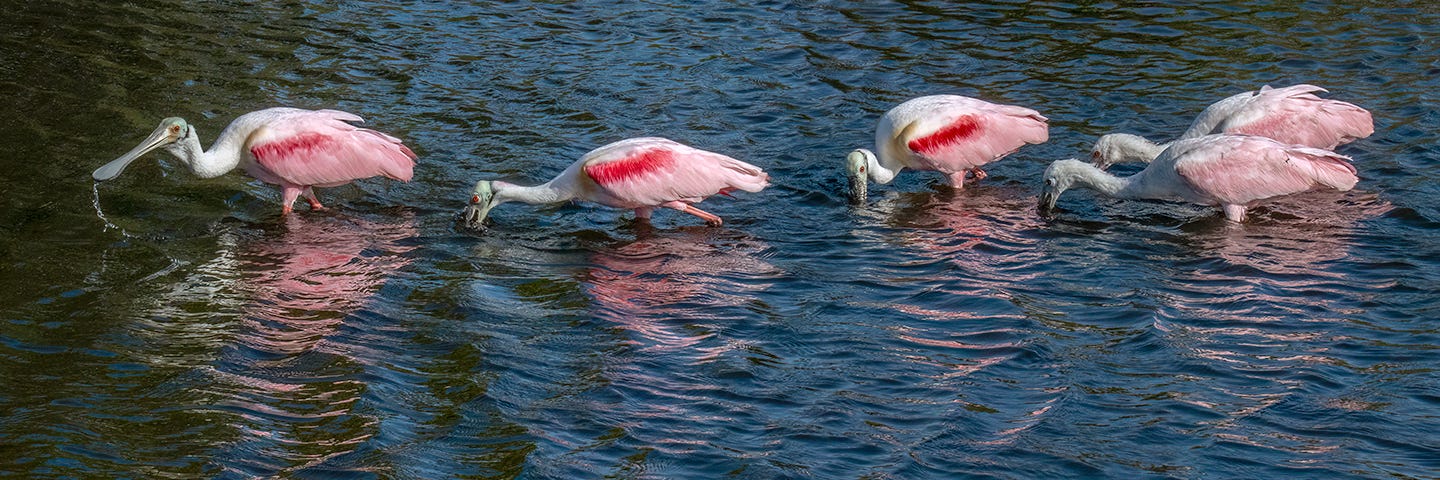

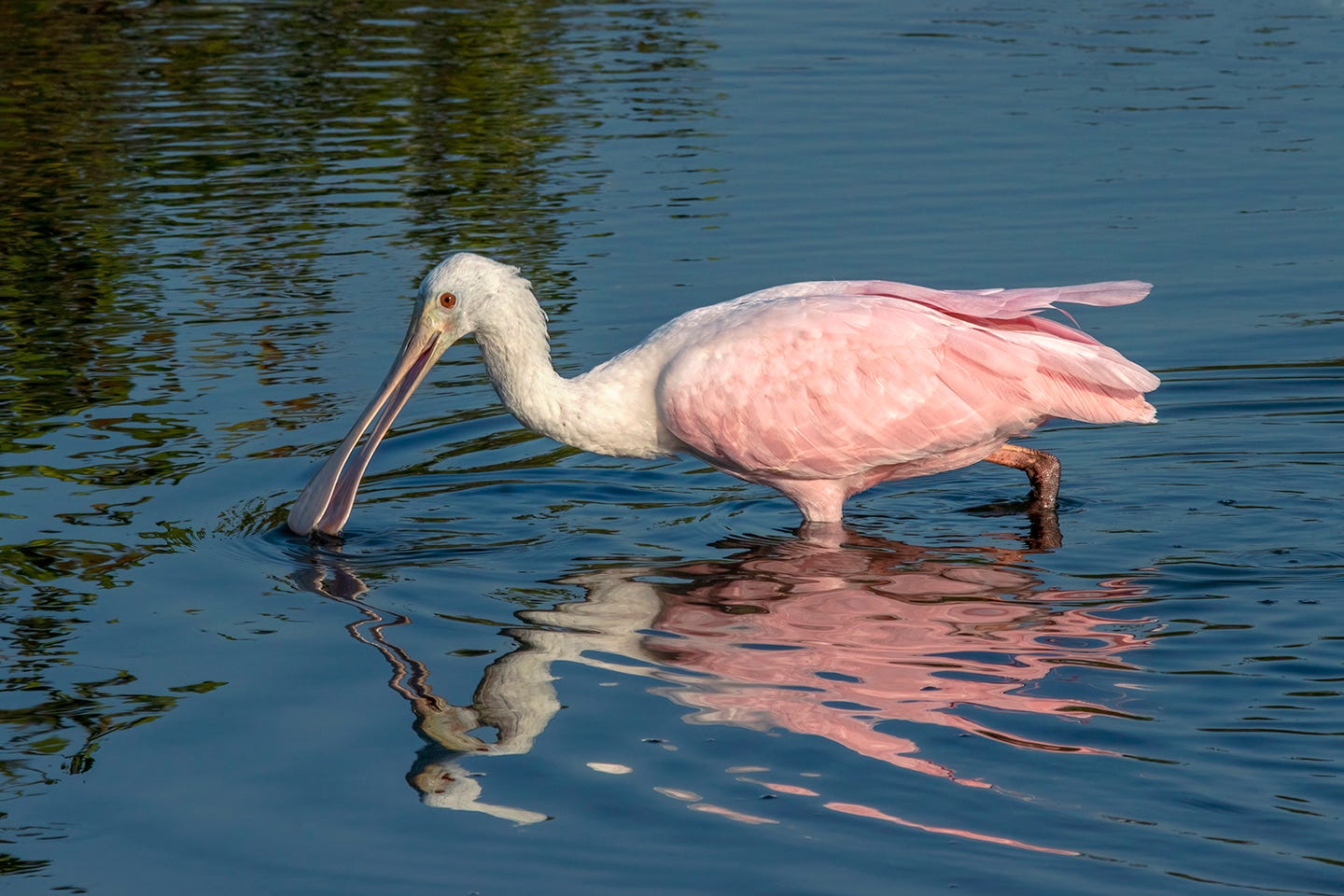
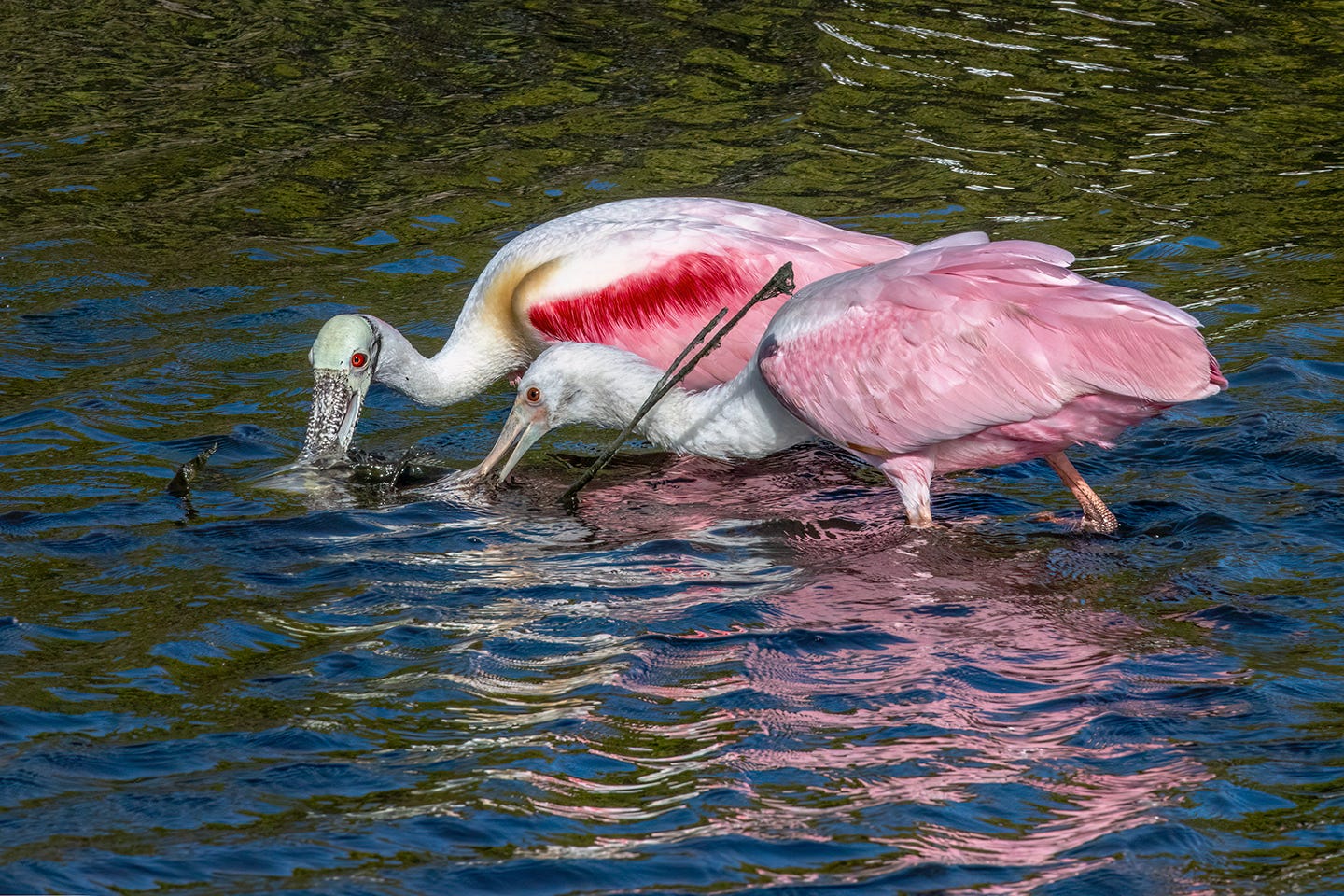
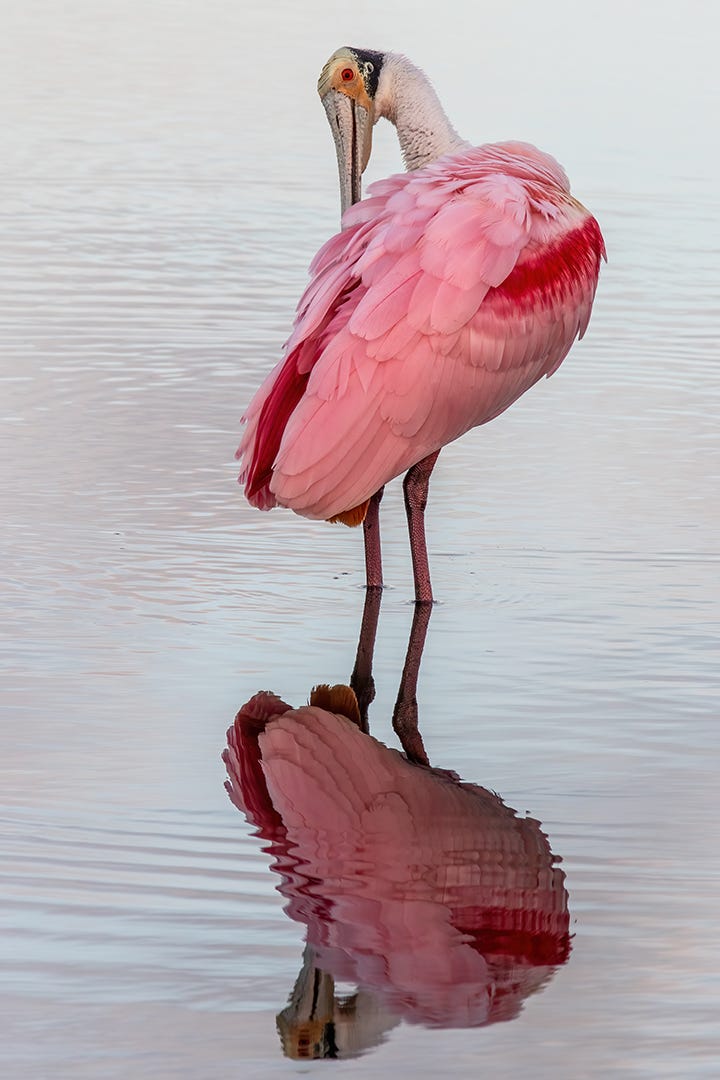

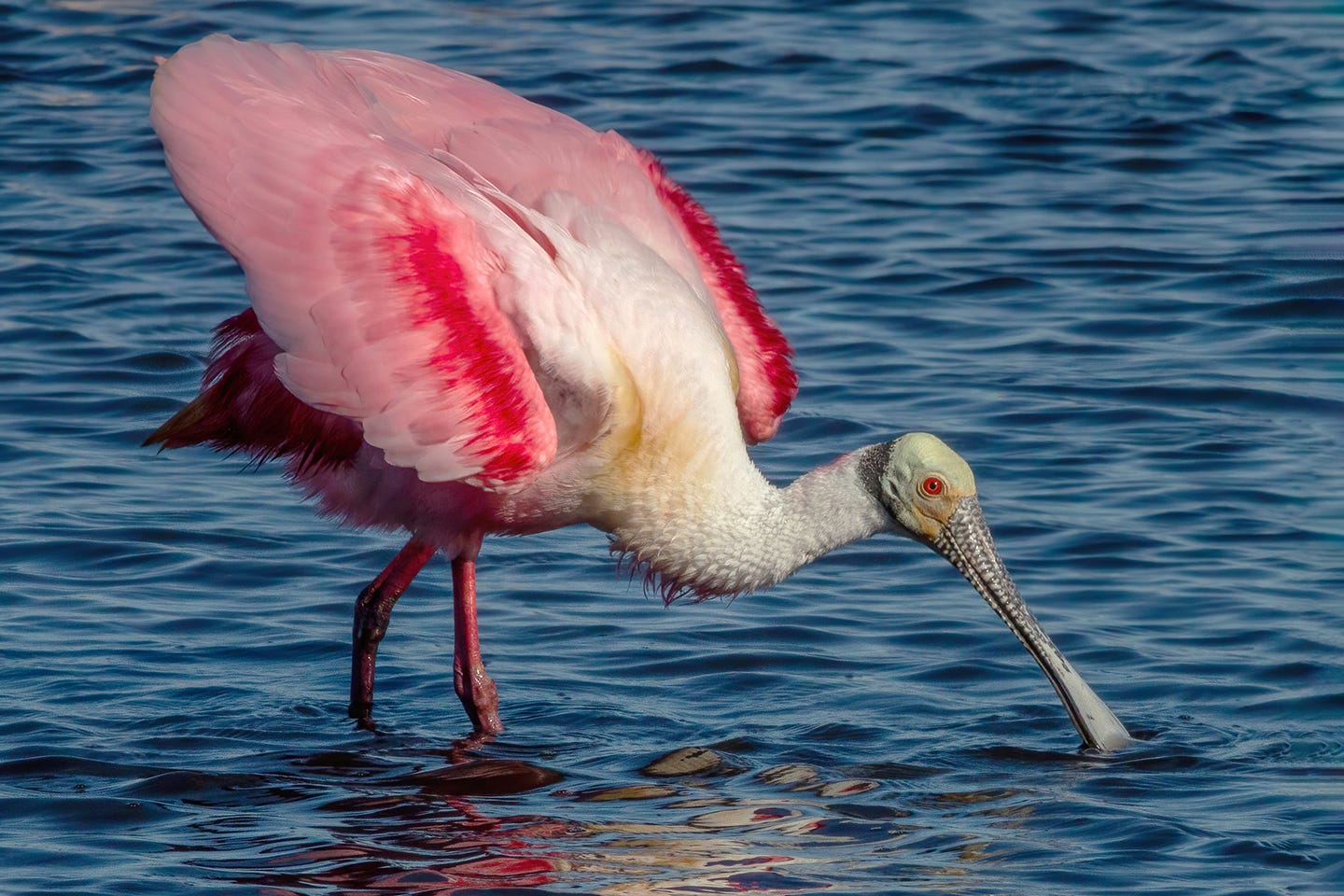
Your rosebill photos are amazing! How close do you actually get to them? Or how long is your lense...? You really captured a lot of detail.
I only saw a few of them when I was in Florida a few years ago, and none of them were close enough even to get a clear shot, much less that amount of detail. I also loved the first Egret photo where it is preening every stranded feather. Beautiful shot!!
Beautiful shots! I saw my first one in Michigan, of all places